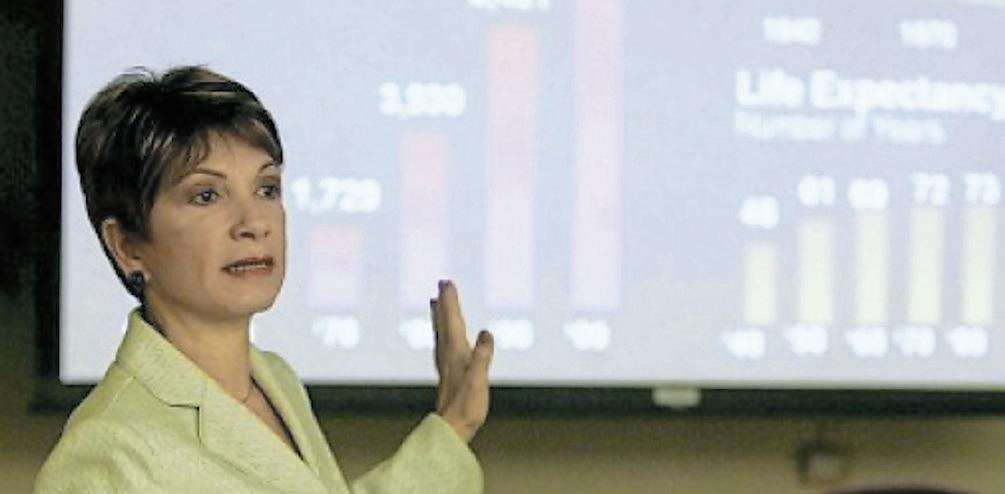
3 minute read
coVid-19’s imPact on the laBor market
PR’s shifting labor market, a legacy of COVID-19
Advertisement
Juan A. Hernández, The Weekly Journal
Despite the recently reported increase in the number of people currently employed, Puerto Rico’s labor participation rate is still below what could be considered “a minimum” to guarantee economic development for the near future.
“The slight increase in the number of people employed, as reported by the Business Establishments’ Survey is in the service sector, particularly restaurants, hotels and other services where productivity and real economic growth are difficult to measure,” said economist Heidie Calero during the Society for Human Resource Management’s (SHRM) Labor Symposium.
According to Calero, “to increase labor participation we would need to promote 20% of the current number of part-time jobs to full-time, and we still be facing serious difficulties recruiting in the service sector.”
The economist’s remarks contrasted with those of Governor Pedro Pierluisi, who said that “the number of people currently holding jobs in Puerto Rico is now greater than 2009” and that it is all due to “the increase in the minimum wage and work incentives benefits provided by the federal government.” Pierluisi also pointed to the “sustained increase of the island’s economic indicators.”
But Calero dismissed Pierluisi’s assertions, recalling he never presented a study to show the impact that the increase in the minimum wage would have on the island’s economy.
“In theory, when salaries go up, productivity should also go up. But these two indicators are divorced from one another… and it is important that both employers and employees be aware of this,” Calero said.
The economist insisted wage growth must follow productivity growth “to avoid an inflationary wage spiral.”
“The biggest shift in Puerto Rico’s labor market is a consequence of COVID-19, because it changed the negotiation leverage from employers to employees. Now we have higher salaries that do not stem from increased productivity,” she argued. “With higher inflation rates, and no unemployment benefits, or Covid incentives, even the disabled are joining the labor force,” she added in response to Pierluisi’s claim about the number of people employed. To curb the inflationary spiral the salary increase may trigger, said increase must be linked to an increase in productivity and employers must put in place better and more reliable mechanisms to measure it.
But, while the governor admits “we still need to improve in terms of our productivity,” he is convinced that a well-paid labor force with the proper incentives “will result in greater productivity and will help us to bring back our population and deter our youth from leaving the island.
The economist argued demographic changes
In fact,
The sectors with the greatest positive growth are: healthcare, entertainment and transportation.
during the last decade have affected Puerto Rico’s working age population (16 years and older) and have left the island with “a decreasing, aging and poorer population.” Also, structural reforms enacted thus far (tax, labor, and others), have contributed little, or nothing at all to the island’s economic growth. According to industries outlooks presented by Calero, the sectors with the greatest positive growth outlook up to 2028 are: healthcare, entertainment, and transportation, among others. On the other hand, the segments with the least expected growth for the same period are: education, retail, pharmaceuticals, manufacturing (furniture) and government, among others. Still, Calero concedes it is possible to significantly improve productivity, but only if the administration turns away from its dependence on federal funding for short term economic growth and adopts a comprehensive vision for the island’s labor market and economic development in Economist Heidie Calero. general.

Heidie Calero Economist



